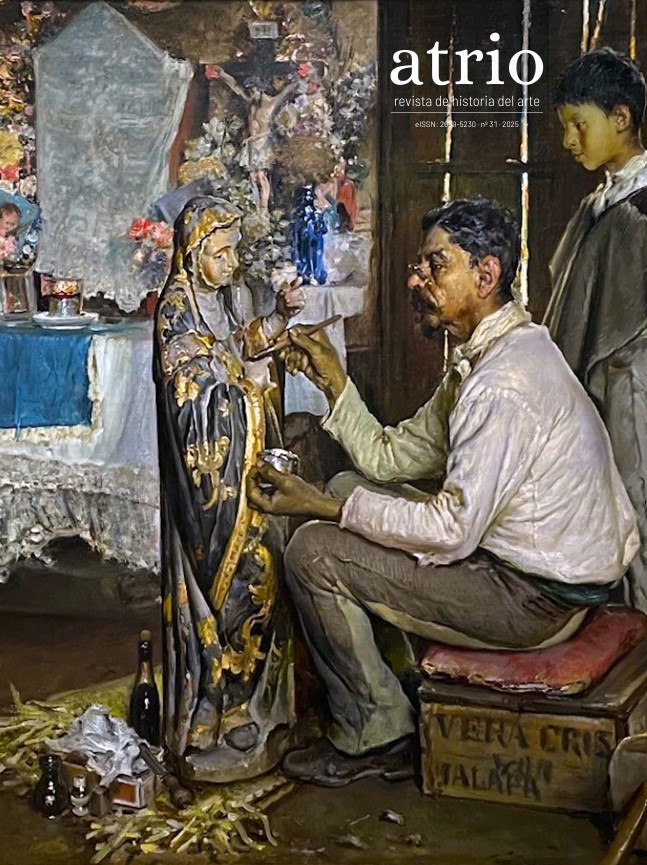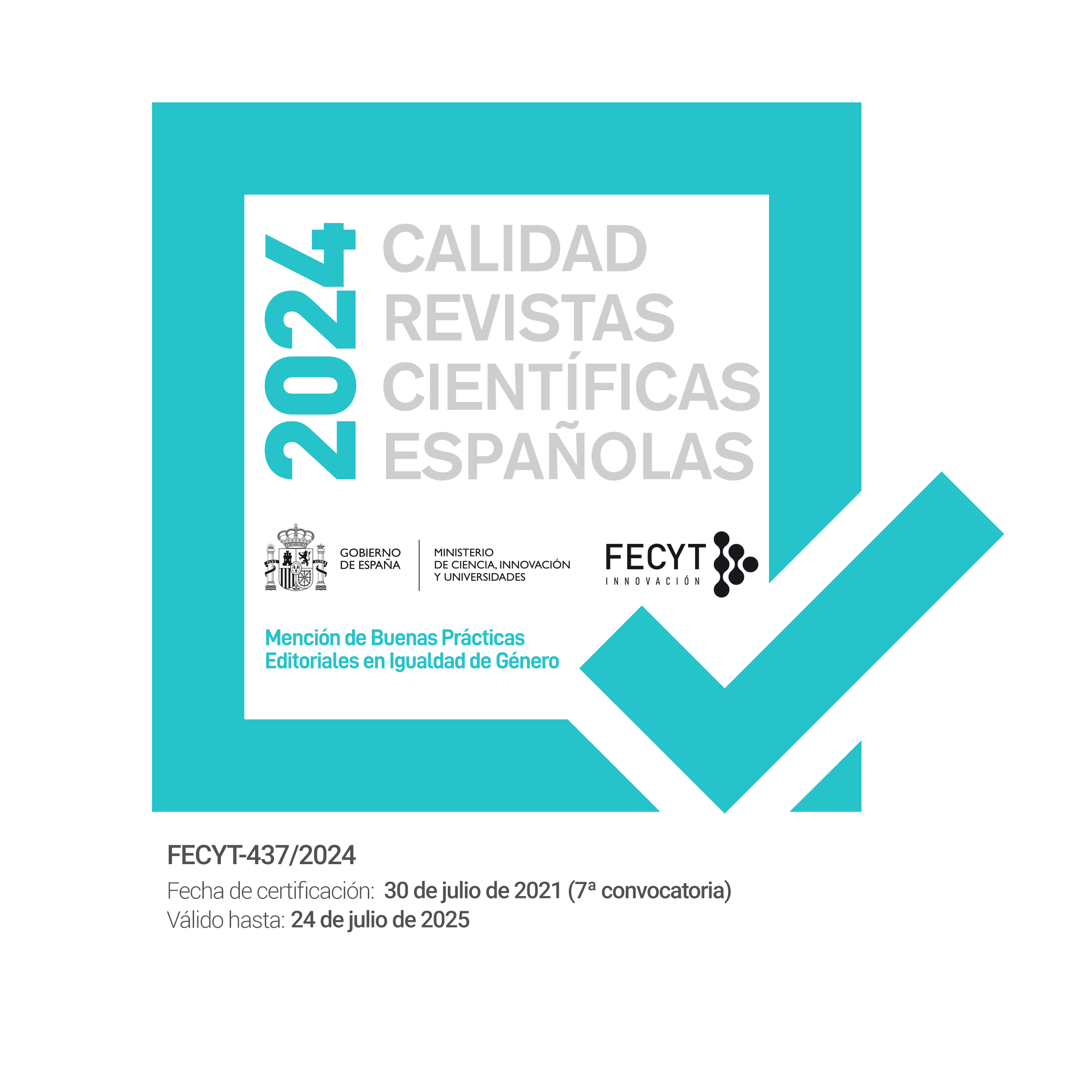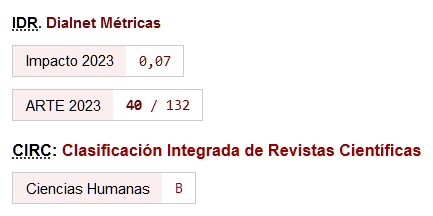Cuando el cemento imitó la piedra.
DOI:
https://doi.org/10.46661/atrio.11178Palabras clave:
Arquitectura, Bloque, Cemento, Maquinaria, Propaganda, Siglo XXResumen
-A principios del siglo XIX comenzó la producción industrial de cemento. Poco a poco fue mejorándose y aplicándose a nuevas construcciones buscando economía. En los Estados Unidos la producción se multiplicó y se expandió. A la par de ello aparecieron sencillas máquinas con las que podían moldearse bloques que imitaban la piedra. Esto tuvo amplio eco en las Antillas para llegar más tarde a lugares distantes como Europa, Asia y Oceanía, a lo que ayudaron diversas coyunturas políticas y sociales. Hoy se encuentran estos bloques en Sudamérica, en el Pacífico Sur, en las islas caribeñas y en muchos otros lugares. Material, propaganda y maquinaria se conjugaron para hacer triunfar un sistema constructivo en la primera mitad del siglo XX, que hoy puede considerarse patrimonio arquitectónico. En Sevilla hay al menos dos ejemplos, uno de ellos muy destacado.
Descargas
Citas
Cody, Jeffrey W. Exporting American Architecture. 1870-2000. Londres; Nueva York: Routledge, 2003.
Crespi Morbi, Vittoria. Giuseppe Palanti. Turín: Umberto Allemandi, 2001.
Cruz González-Franco, Lourdes. "Habitar la casa en la ciudad de México, 1925-1945. Ideas, reflexiones y testimonios." Academia XXII: revista semestral de investigación 3, no. 5 (2012): 29-47.
https://doi.org/10.22201/fa.2007252Xp.2012.5.36107
Del Cueto, Beatriz. "The development of hydraulic mortars, cement and concrete in Puerto Rico." APT Bulletin XLII, no. 1 (2011): 45-52.
Ortiz, Federico, Ricardo Gregorio Parera, y Alberto S. J. de Paula. La Arquitectura del Liberalismo en la Argentina. Buenos Aires: Sudamericana, 1968.
Palanti, Mario. Quattro anni de lavoro. Milán: Bestetti & Tumminelli, 1924.
Scientific American. Consultado el 12 de septiembre de 2024. https://www.scientificamerican.com/issue/sa/1905/07-01/
Viñuales, Graciela María. "El bloque de cemento. Una tecnología de exportación." Labor & Engenho 7, no. 2 (2013): 17-25.
https://doi.org/10.20396/lobore.v7i2.172
Viñuales, Graciela María, coord. Andrés Kálnay. Un húngaro en la renovación arquitectónica argentina. Buenos Aires: CEDODAL, 2002.
Publicado
Cómo citar
Número
Sección
Licencia
Derechos de autor 2025 Graciela María Viñuales

Esta obra está bajo una licencia internacional Creative Commons Atribución-NoComercial-CompartirIgual 4.0.
Los autores/as que publican en Atrio. Revista de historia del arte están de acuerdo con los siguientes términos:
- Los autores/as conservan los derechos de autor y garantizan a la revista el derecho de ser la primera publicación del trabajo al igual que licenciado bajo una licencia de Creative Commons Attribution-NonCommercial-ShareAlike 4.0 International License que permite a otros compartir el trabajo con un reconocimiento de la autoría de este y la publicación inicial en esta revista.
- El autor/a o cedente del material que se entrega para su publicación autoriza a la revista para que publique, sin obligación alguna (económica o de otra naturaleza), el contenido del referido manual tanto en formato papel, como en digital, así como en cualquier otro medio. Esta cesión de uso del material entregado comprende todos los derechos necesarios para la publicación del material en la revista. Quedan garantizados, simultáneamente, los derechos morales del autor
- El autor/a o cedente es plenamente consciente y está de acuerdo con que todos o cualesquiera de los contenidos proporcionados, formarán una obra cuyo uso se cede a la revista para su publicación total o parcial.
- El autor/a o cedente garantiza ser el titular de los derechos de Propiedad Intelectual sobre los contenidos proporcionados, es decir, sobre el propio texto e imágenes/fotografías/obras fotográficas que se incorporan en su artículo.
- El autor/a o cedente asegura y garantiza: (i) que todo el material enviado a la revista cumple con las disposiciones legales aplicables; (ii) que la utilización de cualquier material protegido por derechos de autor y derechos personales en la concepción del material se encuentra regularizada; (iii) que obtuvo las licencias de derechos, permisos y autorizaciones necesarias para la ejecución del material, inclusive los derechos de imagen, si fueran aplicables; y (iv) que el material no viola derechos de terceros, incluyendo, sin limitarse a estos, los derechos de autor y derechos de las personas.
- El autor/a o cedente, exime a la revista de toda y cualquier responsabilidad con relación a la violación de derechos de autor, comprometiéndose a emplear todos sus esfuerzos para auxiliar a la revista en la defensa de cualquier acusación, medidas extrajudiciales y/o judiciales. Asimismo, asume el abono a la revista de cualquier cantidad o indemnización que esta tenga que abonar a terceros por el incumplimiento de estas obligaciones, ya sea por decisión judicial, arbitral y/o administrativa.











